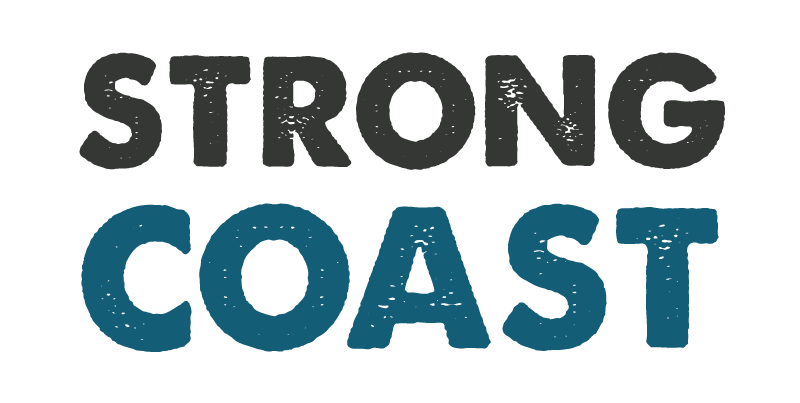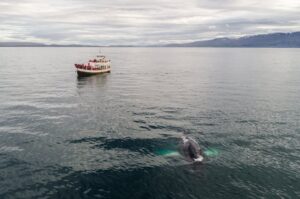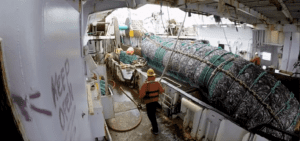A rare moment of optimism has emerged in the Salish Sea. A newborn orca calf has been spotted in J pod—one of the three matrilines that make up the endangered southern resident killer whale (SRKW) population off British Columbia’s coast.
The calf, now designated J63, was observed on April 6 near Victoria Harbour, swimming tightly beside its mother, J40. The Centre for Whale Research confirmed the sighting, noting that this is likely J40’s first known offspring. The whale appeared healthy during initial observation by field biologist Mark Malleson, though researchers stress that the first year of life is particularly risky for calves—especially those born to first-time mothers. The organization said it remains “cautiously optimistic” about J63’s survival and plans to monitor its condition closely in the coming months.
J63 is the fourth calf born into the SRKW population over the past 12 months—an encouraging trend for a group that has long been on the brink. But despite these recent births, the overall picture remains deeply concerning.
A String of Calf Deaths
Each new calf sparks hope for recovery—but survival is far from guaranteed. In February 2024, another calf, J60, was confirmed dead just weeks after its birth to J46. In 2022, K45—a long-awaited calf born to K20—also died before her first birthday. These tragedies are part of a broader pattern: nearly half of all southern resident calves do not survive their first year (NOAA Fisheries).
As of April 8 2025, the Orca Network counts just 74 individuals for the entire population, and given the high rate of infant mortality, every successful birth is critical to the species’ long-term viability.
Why Are Southern Residents Struggling?
The primary challenge facing southern resident orcas is their heavy reliance on Chinook salmon, which make up more than 80% of their diet.
But Chinook populations have plummeted due to a combination of overfishing, habitat destruction, and global warming. What’s more, the Chinook that are available are increasingly smaller and less fatty than in the past, making them less nutritious. According to researchers, this instability of the quantity of Chinook and decline in quality has led to widespread nutritional stress within the whale population.
This nutritional stress has tangible consequences. Hormonal studies have shown that many female whales are becoming pregnant but losing their calves before or shortly after birth—likely because they cannot get enough high-quality prey during gestation.
A Web of Additional Threats
Beyond the crisis in prey availability, SRKWs are also contending with noise pollution, toxic contaminants, and broader changes driven by global warming.
Underwater noise from commercial shipping, recreational boats, and marine traffic interferes with the whales’ ability to echolocate and hunt efficiently. This acoustic disturbance forces them to expend more energy to find Chinook—worsening their nutritional stress.
Compounding this is chemical pollution. Southern residents have some of the highest levels of persistent organic pollutants—such as PCBs and flame retardants—of any marine mammal on Earth. These toxins are stored in body fat and are passed from mothers to calves through the placenta and milk, impairing immunity and development.
Global warming is the final layer of pressure—altering salmon spawning cycles, heating marine waters, and shifting the timing and abundance of food sources across the Salish Sea.
J63’s birth offers a rare moment of hope—but the calf’s survival, and the future of the population, will depend on meaningful action to tackle the threats that the southern residents face.




